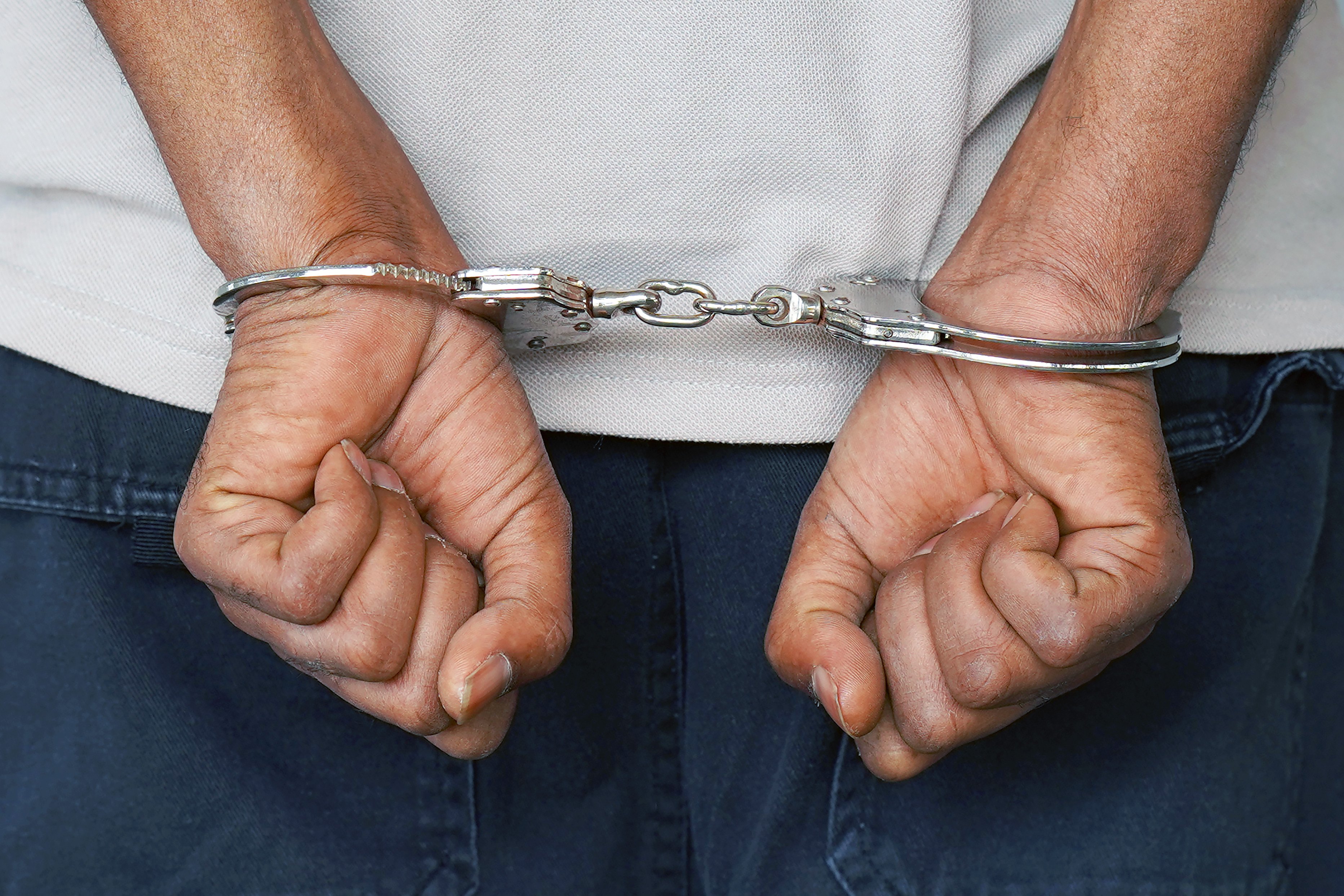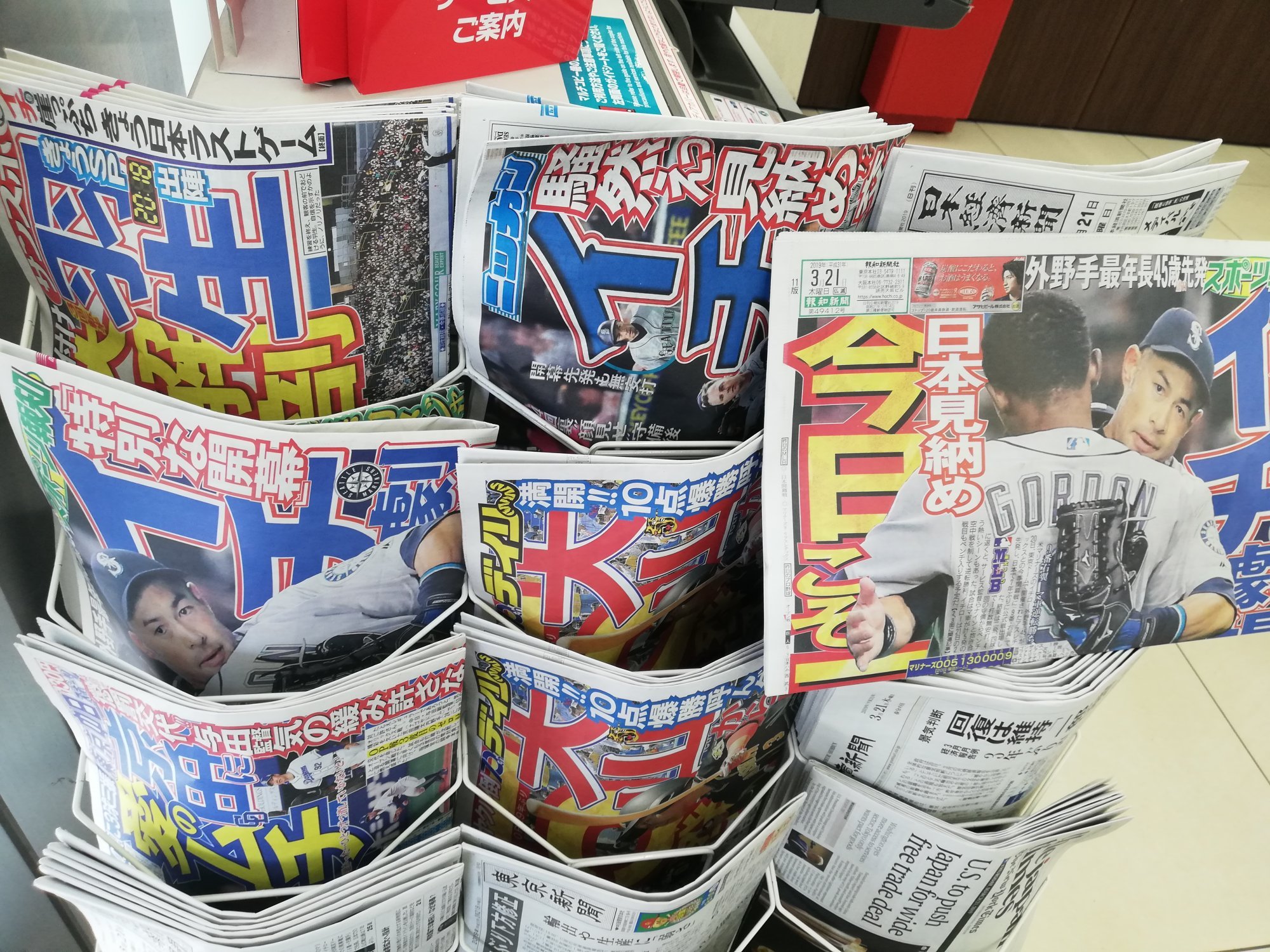Man in Japan arrested over suspected attempt to repeat 1987 attack on reporters
The man is believed to have been inspired by a gunman who killed a reporter and injured another at an Asahi newspaper office in 1987

Police in Japan have arrested a man over a parcel containing threats sent to a news outlet in a suspected copycat attempt of the most serious attack on the media in the country’s modern history.
Kazuhiro Muto, 38, was arrested at his home in the city of Fuji, Shizuoka prefecture, on June 3, a month after a parcel allegedly from him was delivered to an office of the Asahi Shimbun in Nishinomiya, the newspaper reported.
The parcel arrived just after the anniversary of the May 3, 1987 attack in the same office, in which an Asahi reporter was shot dead and another seriously injured. A group calling itself “Sekihotai” in a statement claimed responsibility for the attack, which killed 29-year-old Tomohiro Kojiri and severely wounded his colleague, Hyoe Inukai, then 42.
A letter purportedly sent by the group carried the message: “We do not accept anyone who betrays Japan. We sentence all Asahi Shimbun employees to death.”
The gunman was never identified, and the statute of limitations in the case expired in 2002.
The parcel that allegedly involved Muto contained photographs of Asahi reporters that had been defaced, a toy gun and a statement that quoted the original claim of responsibility for the 1987 attack. The statement was signed “Reiwa Sekihotai”, with Reiwa being the name of the present imperial era of Japan.
“Threats and attacks against media should never be tolerated, and we always take safety measures at our headquarters and related facilities,” said Kotaro Nakajima, a spokesman for the Asahi Shimbun.
“Direct threats and harm to the workplace are rare, but it is an important responsibility of the company to create an environment where employees can work with peace of mind,” he told This Week in Asia.
Nakajima said it was “very unfortunate” that the assailant in the original attack was never arrested, although he expressed hope the case might one day “be resolved”.
“The advent of the social media era and the division of society are thought to be behind this [latest incident],” he added.
“We hope that the truth of the incident will be revealed. Attacks on the media are rare in Japan, and we believe this is a serious incident that threatens freedom of speech and expression,” Nakajima said.
Around 330 people visited the newspaper’s office in Nishinomiya to mark the anniversary again this year and remember Kojiri.
According to reports from the time, a man wearing a balaclava entered the office on the evening of May 3, 1987, and shot both Kojiri and Inukai with a shotgun. Colleagues recalled Kojiri as being “hardworking and warm”.
It is believed that the attacker was a right-wing extremist who had been angered by an article written by Kojiri that had focused on discrimination against ethnic Koreans living in Japan. A letter by the assailant also claimed the attack against the Asahi was just the “first step”, although nothing was heard of “Sekihotai” after 1990.

In an editorial marking the 2024 anniversary, the Asahi said the attack was “forever a stain on our society”.
“Such xenophobic rhetoric, hastily branding dissenting opinions as ‘anti-Japanese’ and targeting minorities or people in different positions, is sadly rampant on the internet today,” it said.
“Instead of allowing or ignoring acts of excluding and rejecting others based on narrow-minded values, our society needs to embrace the principle of tolerance toward those with different opinions or backgrounds. Let us commemorate the death of a colleague and renew our anger toward vile acts of violence,” it concluded.
Makoto Watanabe, a professor of communications and media at Hokkaido Bunkyo University in Eniwa, Hokkaido, said he feared memories of the attack and its significance regarding the protection of free speech and the media in Japan were fading.
“For young people, newspapers are irrelevant, they do not know about the 1987 attack and too many of them believe everything they are told on social media,” he said.
“And we are going to have a huge problem when accurate and quality news disappears because nobody is consuming it and everyone gets their ‘news’ from the internet.”